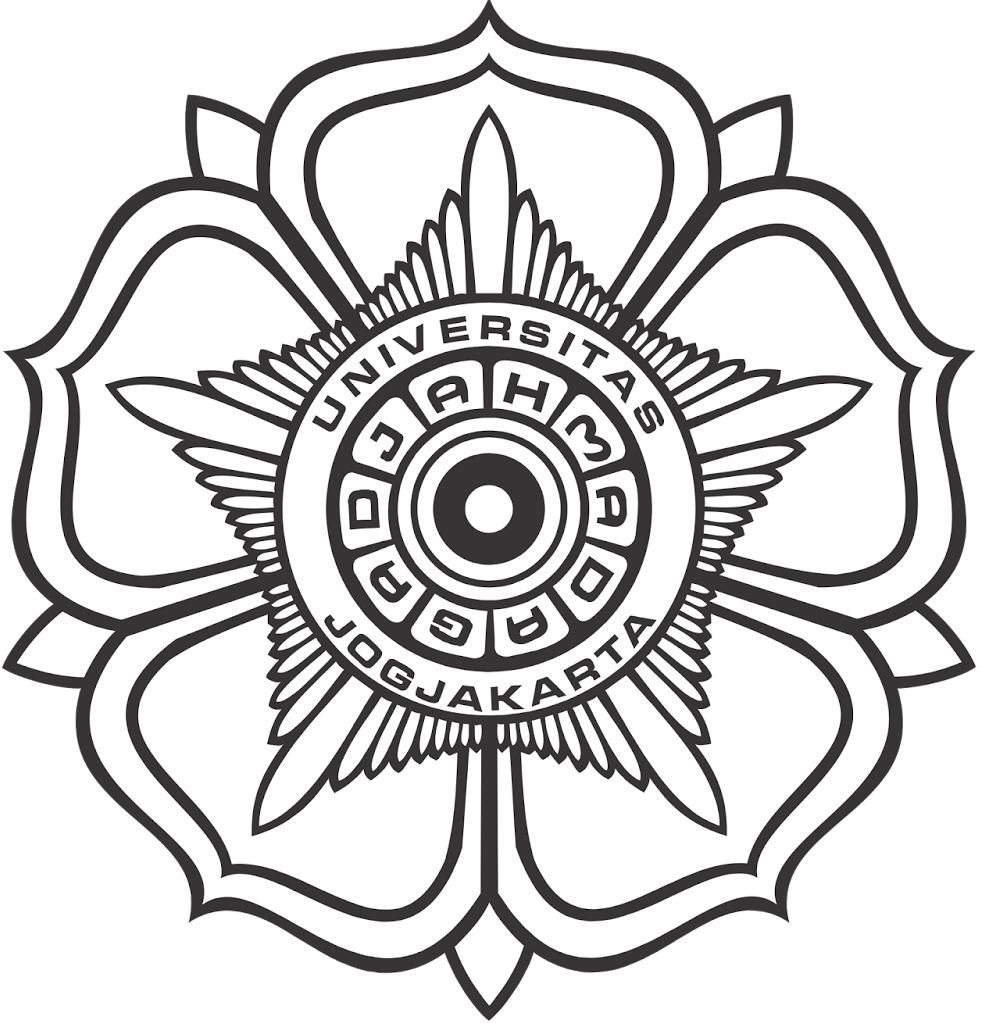INFLUENCE OF Morinda citrifolia, L. FRUIT EXTRACT AS ADJUVANT ON IG-Y PRODUCTION RAISED IN LAYING CHICKENS AGAINST AVIAN INFLUENZA VACCINE
Abstract
Immunized avian with vaccine, produces specific antibody in the serum as well as in the egg yolk. An adjuvant is used to augment the effects of a vaccine by stimulating the immune response. Morinda citrifolia, L., especially the fruit contains of some chemical compounds such as polysaccharide, scopoletin, damnacanthal, proxeronine and proxeroninase. All those of active compounds, are soluble in different solvents and have different activities. Some of those compounds have adjuvant activity. The aim of our study was to observe the capability of M.citrifolia fruit extracts as adjuvant to enhance the specific antibody (IgY) production in immunized laying chickens Lohmann strain (28 weeks old) with a commercially available avian influenza (H5N2) vaccine. To the groups (@6) of laying chickens were orally administered once a day, through out of the study, with n-hexane (group I; divided ino 3 sub groups), ethanolic (group II; divided into 3 subgroups) and aqueous extract (group III; divided into 3 subgroups) of M.citrifolia (prepared in capsules) on dose of 29 mg; 58 mg; and 116 mg/chicken/day, respectively, and group IV as plasebo control and group V as normal control. All of the groups were induced with avian influenza vaccine, except the normal control. Eggs of 3, 6, and 10 weeks after immunized, were collected. Isolation of IgY was performed by repeated polyethylene glycol 6000 precipitation steps. IgY obtained was analyzed by indirect ELISA method. The serum was tested for antibody specificity against the influenza H5N2 virus by hemagglutination-inhibition (HI) method. The result of this study showed that the dose of 58 mg/chicken/day of aqueous extract of M.citrifolia fruit had an optimal capability to enhance specific antibody (IgY) as well as IgG serum production against avian influenza (H5N2) vaccine .
Key words: Adjuvant, extract, Morinda citrifolia, L., H5N2 vaccine, immunoglobulin yolk (IgY)
Full Text:
PDFReferences
Anonymous, 2007a, About Avian Influenza (Bird Flu) and Avian Influenza A (H5N1). Virus, Available at http://www. cdc.gov/flu/avian/gen-info/facts.htm
Anonymous, 2006, Prosedur Operasional Standar (SOP) Pengendalian Penyakit AI, Direktorat Jenderal Peternakan, Departemen Pertanian RI, Jakarta.
Anonymous, 007b, Treatment and Vaccination for H5N1 virus in Human, Available at http://www.cdc.gov/flu/avian/geninfo/qa.htm Beard, C.W., 1989, Serologic Procedures in a Laboratory Manual for the Isolation and Identification of avian Pathogens, 3rd ed, p. 192-200. Am. Ass. Av. Path.
Bock, R.E., Burgess, G.W., Douglas, I.C., 1986, Development of an enzyme linked immunosorbent assay (ELISA) for the detection of bovine serum antibody to bovine viral diarrhoea virus, Aust. Vet. J.,63(12):406-8.
Carlander, D., Kollberg, H., Wejaker, P.E, and Larsson, A., 2000, Peroral Immunotherapy with Yolk Antibodies for the Prevention and Treatment of Enteric Infections, Immunologic Research, 21/1:1-6. Mary Ann Libert, Inc.
Ediati S., Shaum S., Pratiwi, G., Debritha A.D., and Danang P.H., 2008, The Effect of Ethanolic Extract of Curcuma mangga, Val. on Egg Yolk Immunoglobulin (IgY) Raised in Duck against Avian Influenza Vaccine, Presented at The International Symposium on Molecular Pathogenesis: Recent Advances on Molecular Pathogenesis Applications to Pharmaceutical Product Development, ITB., Bandung, Januari 2008.
Ellis, T.M., Leung, C.Y.,Chow, M.K., Bisset, L.A., Wong, W., Guan, Y., and Peiris,. M., 2004,Vaccination of chickens against H5N1 Avian influenza in the face of an outbreak interrupts virus trans-mission, Avian Pathol. 33(4):405-412.
Gasmann, M., Thommes, P., Weiser, T., and Hubscher, U., 1990, Efficient production of chicken egg yolk antibodies against a conserved mammalian protein, FASEB, 4 : 2528-2532
Lu, J., Guo, Z., Pan, X., Wang, G., Zhang, D., Li,Y., 2006, Passive immunotherapy for influenza A H5N1 virus infection with equine hyperimmune globulin F(ab’)2 in mice, Respiratory Research,
;43.
Mine, Y. and Kovacs-Nolan, J., 2002, Chicken Egg Yolk Antibodies as Therapeutics in Enteric Infectious Disease : A Review, J. Med. Food, 5(3):159-169.
Qiu, Y., Hu, Y.L., Ciu, B.A., Zhang, H.Y., Kong, X.F., Wang, D.Y., and Wang Y.G., 2007, Immunopotentiating effects of Four Herbal Polysaccharides Administered at Vaccination in Chickens, Poult Sci, 86:2530- 2535.
Sakure, S., Negi, V.D., and Mitra, S.K., Nandakumar, K.S. and Chakravortty, D.2008, Vaccine with herbal adjuvant-A better cocktail to combat the infection, Vaccine, 26 (25), 3387-3388.
Stephenson, I., Nicholson, K.G., Colegate, A., Podda, A., Wood, J., Ypma, E., and Zambon, M., 2003, Boosting immunity to influenza H5N1 with MF59-adjuvanted H5N3, Vaccine, 21(15): 1687-93
DOI: http://dx.doi.org/10.14499/indonesianjpharm23iss2pp115-120
Refbacks
- There are currently no refbacks.
Copyright (c) 2017 INDONESIAN JOURNAL OF PHARMACY

This work is licensed under a Creative Commons Attribution-ShareAlike 4.0 International License.
Indonesian J Pharm indexed by:







































